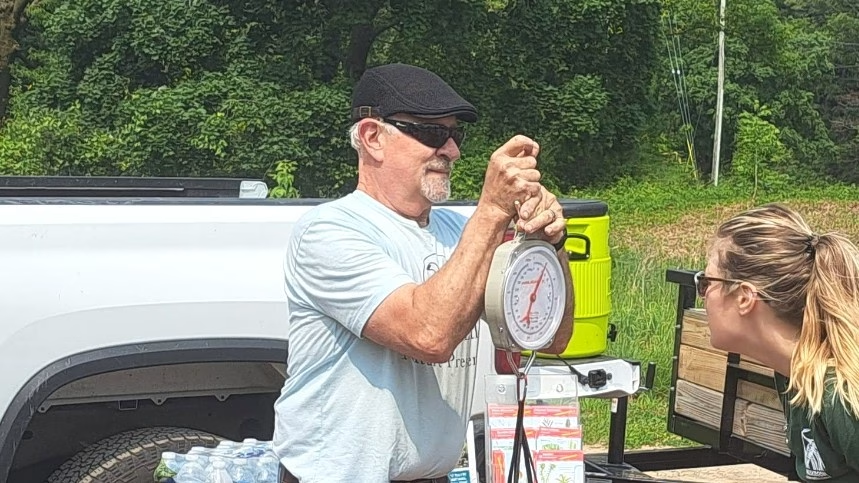
Protected: Member Volunteer of the Quarter
There is no excerpt because this is a protected post.

There is no excerpt because this is a protected post.

If you have student loans that you need to repay, and you're unsure how to move...

Community Choice Credit Union members have always enjoyed the convenience and security our checking account solutions...
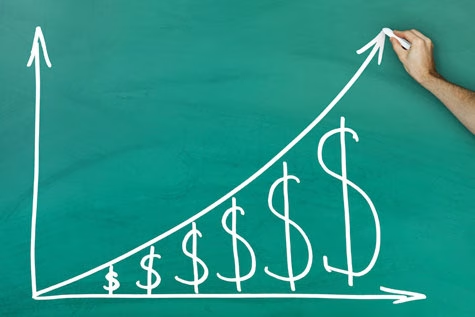
In this higher interest rate environment, a strategy to efficiently use certificates of deposit (CDs) called...
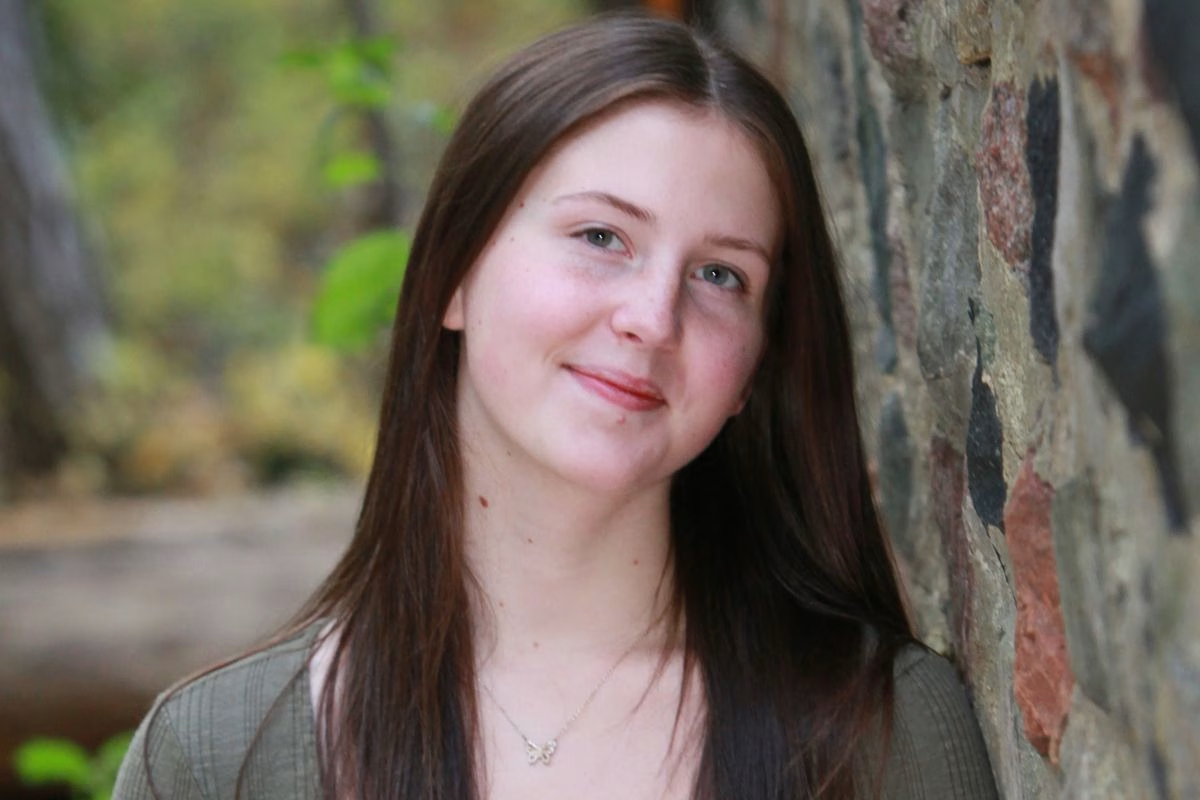
At Community Choice Foundation, we recognize students who transform their passions into meaningful action—those who use...

At Community Choice Foundation, we value individuals who embody the spirit of "Giving Big"—those dedicated to...
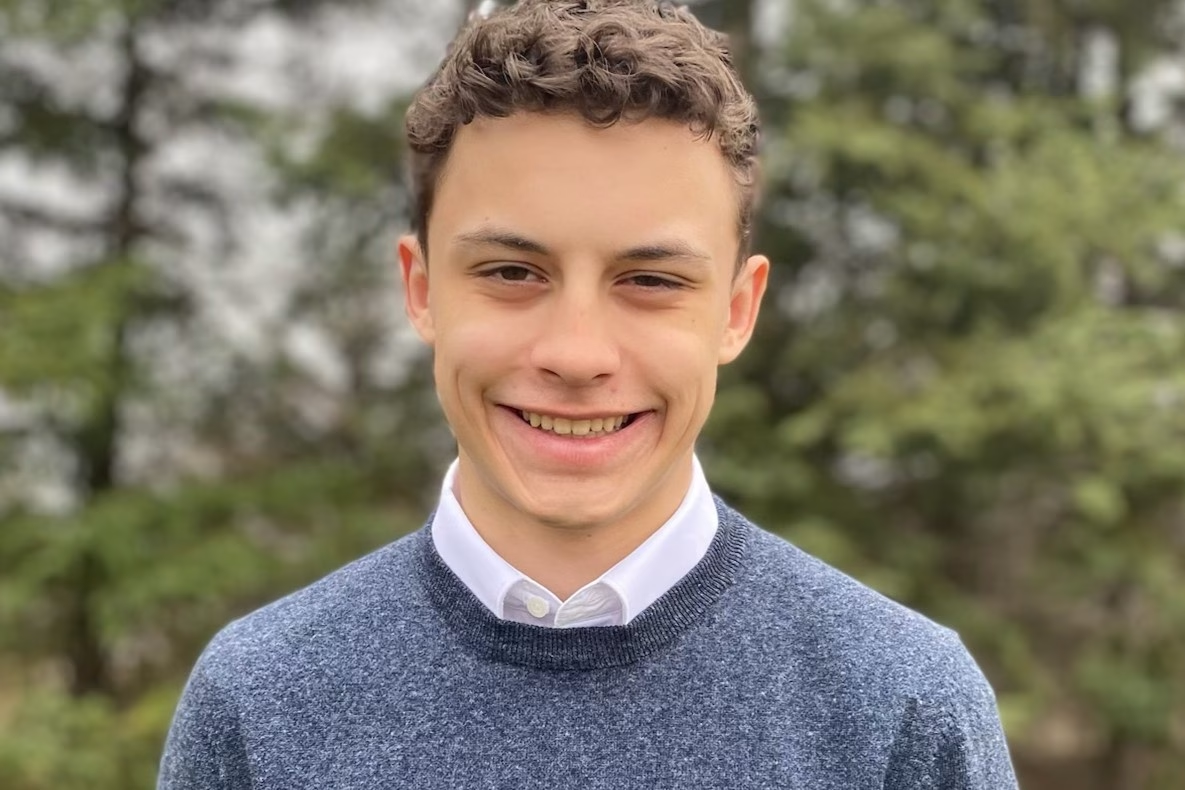
At Community Choice Foundation, we believe in uplifting students who strive for academic excellence while dedicating...

Each year, we proudly award scholarships to students who embody resilience, ambition, and a passion for...
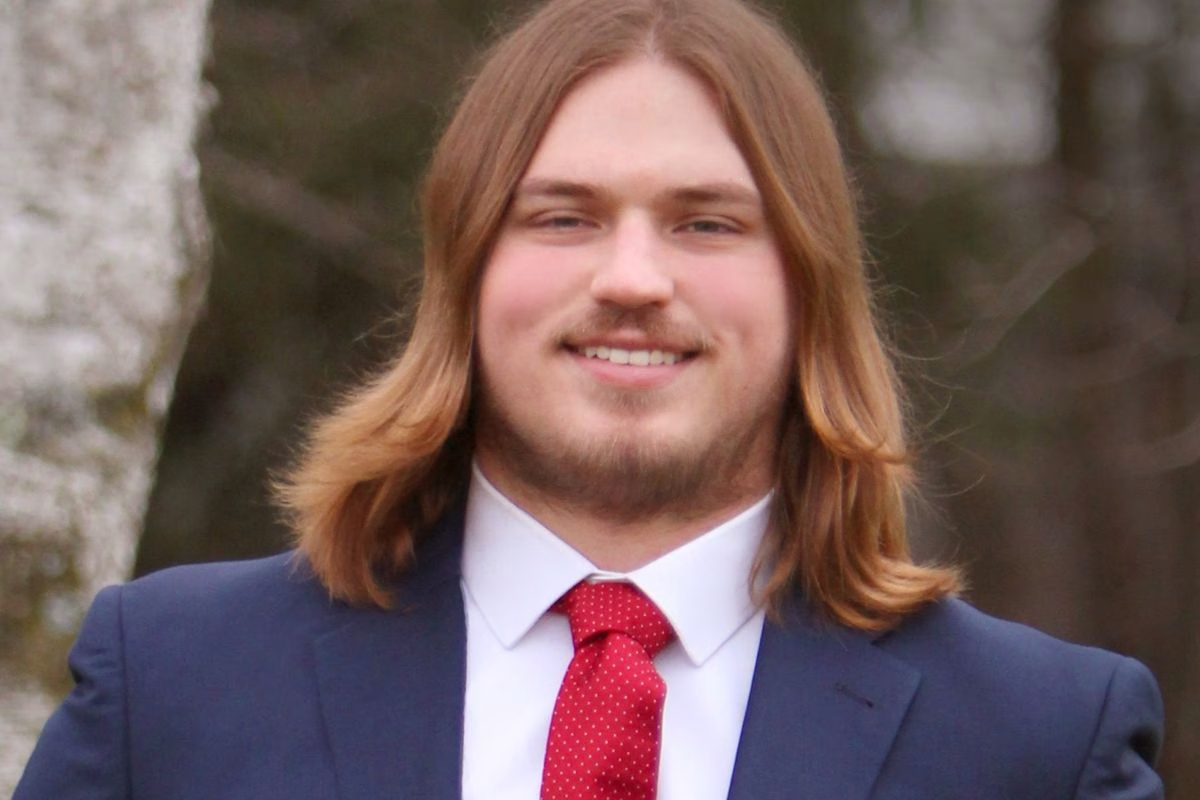
At Community Choice Foundation, we admire individuals who pursue their education with determination and a deep...
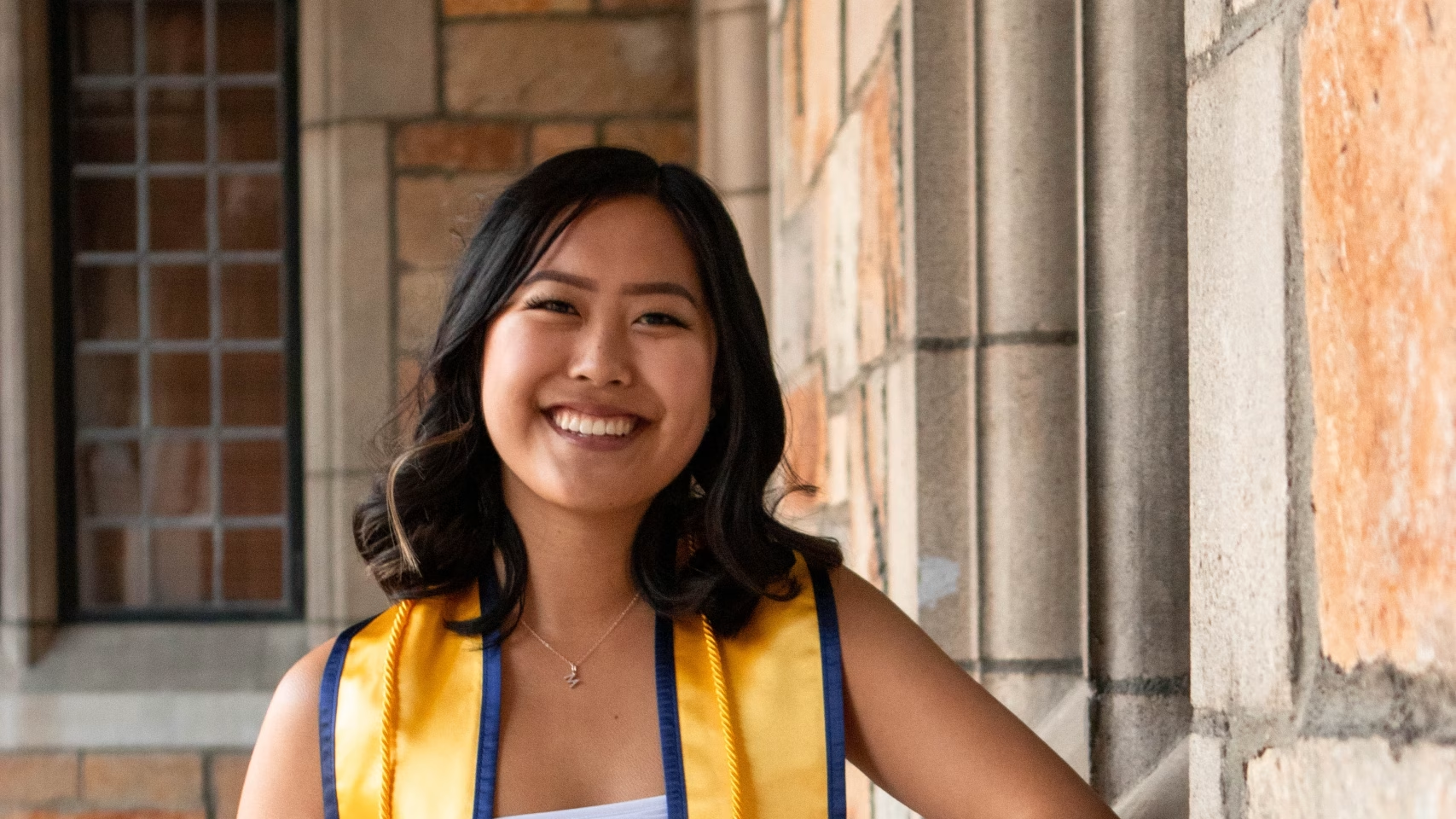
At Community Choice Foundation, we proudly support scholars driven by purpose and service. Among this year’s...

At Community Choice Foundation, we are proud to support students who exemplify dedication to education, career...

Each year, we honor students who show resilience, ambition, and a commitment to their communities. This...